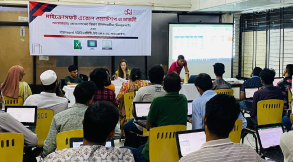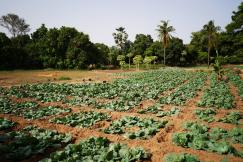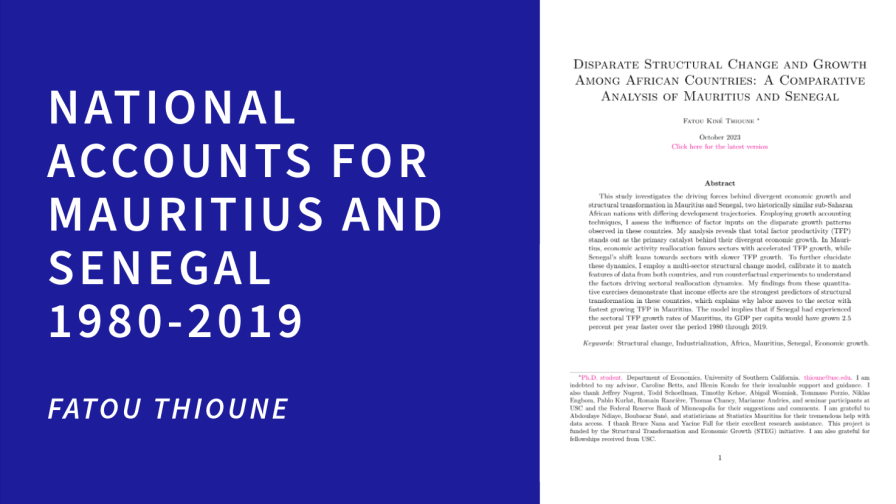Social scientists have long speculated on the connection between structural transformation and women's labour market participation (Mammen and Paxson, 2000; Ngai & Olivetti, 2015; Olivetti & Petrongolo, 2016). Yet the question remains (Dinkelman & Ngai, 2021): are women significantly worse-off than men in terms of labour market participation as households reallocate from low to high-productivity sectors in developing countries? Importantly, do barriers women face due to increased home production during structural transformation constitute talent misallocation? Understanding these gender-specifics is important given the link between women's labour market participation and political influence (Andersen 1975), intra-household bargaining power (Aizer 2010; Majlesi 2014), and children's wellbeing (Cruces & Galiani 2007; Modena & Sabatini 2012).
Our source of household data is the Nigerian General Household Surveys (GHS), which cover the 36 states and the federal capital territory of Nigeria collected in 2010-2011, 2012-2013, and 2015-2016. The panel structure of the dataset allows us to exploit the within-household variation in rural and urban demographic transition among households that changed location from data obtained from the three rounds of the National Survey. Also, we match large-scale hydrocarbon production with household-level data for the households in the nine oil-producing states in the Nigerian Niger Delta. The primary empirical strategy is a difference-in-difference approach using the spatial and temporal variation—precise oil production location and opening year—for households within 20 km from the hydrocarbon location. With state-year and LGA fixed effects, the analysis depends on the timing and location of the hydrocarbon's opening being exogenous to local changes in gender roles.
Some distinct features of structural transformation in many SSA countries presuppose a labour market at a primitive developmental stage. A consideration for women's labour market participation becomes more relevant given that societies with deeply entrenched agricultural practices develop a gender-based division of labour, which persist as the economy moves out of agriculture and the rural sector (Boserup 1970; Alesina et al. 2013). Second, most gender-based labour policies, such as affirmative action and interventions like child-care and maternity subsidies, are centred on heterogeneous households and household production models (Alesina et al., 2011). Since men's and women's labour market inputs are imperfect substitutes, the implication on the gender gap in labour participation highlights a potential policy improvement for women's labour force participation.











































